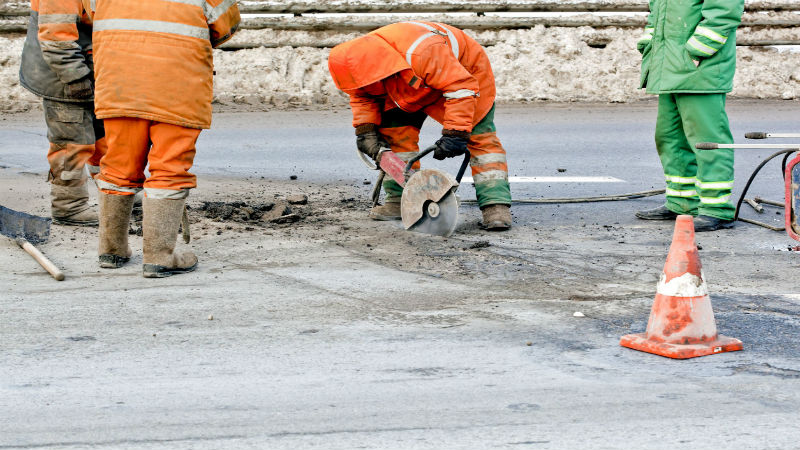Though today’s technology makes it easier than ever to keep your vessel in position, things can always go wrong. And while there’s no foolproof way to avoid every problem, being prepared to deal with those problems can go a long way towards solving them. Here are some tips to keep from getting swept away in case of an issue.
Be Familiar with your SMS
A Safety Management System, or SMS, is the first line of defense against maritime malfunctions. An SMS acts as both preventative and, when possible, cure for problems that may arrive while at sea by providing guidelines for a safe working environment and procedures for documenting problems. Having your crew know the basics of the SMS can help them be prepared to individually act in such situations.
Provide and Practice Drills
While having an SMS is vital, having crew members practice safety drills is just as important. For example, many cutting-edge dynamic positioning systems, such as Sta-Put, allow for manual control via joystick. Your bridge crew should be comfortable using these in case of automatic control issues, so try to allow them time to become familiar using manual controls.
Communicate with Other DPOs
Comparing issues and solutions with other marine and underwater engineers can help you prepare for problems before they arise. The International Marine Contractors Association, or IMCA, offers a variety of peer-created content, including guidance documents, logbooks, and decades of past station keeping event reports recorded by their members. Being familiar with how others have discovered and dealt with issues while at sea may be very useful in preventing problems on your own vessel.
As you may know, the majority of marine issues are usually caused by human error. Therefore, preparing and training employees on what to do in case of a crisis is key. Hopefully, these tips will provide some basis on how to prevent and deal with issues at sea.






